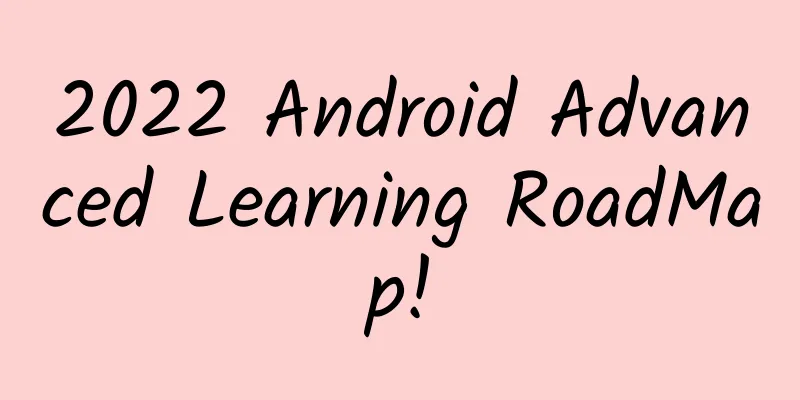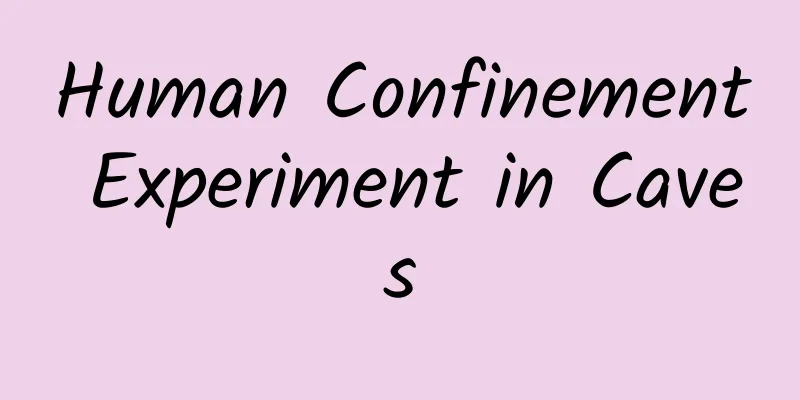2022 Android Advanced Learning RoadMap!

|
This article is reprinted from the WeChat public account "Programmer Bus", written by Eason. Please contact the Programmer Bus public account to reprint this article. I saw an article saying "There are already many junior Android programmers in China in recent years, but mid-level and senior Android technical talents are still scarce"; this is indeed true. It is already 2022, and it has been seven or eight years since the peak of Android. It is not easy to find a suitable mid-level or senior Android engineer now. Generally, a lot of interviews are required to select a satisfactory one. So Eason wants to write an article to describe the Android learning route, hoping to help more Android programmers improve themselves. This article applies to:Anyone who wants to learn Android development but doesn't know where to start. It's also for anyone who's already started Android development but wants to get better. In order to become a better Android developer, Eason provides a general roadmap for everyone. If the following learning route can help you become a better Android developer, then my mission is accomplished: A Complete Guide to Learning Android App Development Android Developer RoadmapInstall Android Studio IDE and start using Android
Android Components
Shared Preferences
RecyclerView
Getting started with Kotlin
Singletons, Processes, and Threads
Database Implementation
Permissions and image loading
Work Manager Using WorkManager, apps can even fetch data while they are asleep and show you the latest news when you open the app in the morning, even if you haven’t been connected to the network for some time during the night. Notification
NetWork
ViewPager and Fragment
Debugging and APK Release
Key Points
At this point, you have almost mastered the basic knowledge and will easily achieve:
Now, let’s move on to the next milestone.Dagger
Learn Kotlin
Architectural Components
RxJava
Database Design
networking
MVVM, MVC and MVP
Unit Testing
Kotlin coroutines
Android build system and memory management
Android Multithreading and Handler-Looper
Network cache interceptor image loading
If you have no problems with the above, then you have already achieved:
|
<<: Android 13 new features exposed: Play directly when close to media devices
>>: Google VP criticizes Apple iMessage for "green bubble bullying" of Android users
Recommend
How to use Xiaohongshu for marketing, the ranking mechanism has been leaked!
Xiaohongshu is very popular now, and major beauty...
Apple is stepping down from the throne, will the mobile phone industry enter the domestic era?
"Change" seems to be the only unchangin...
The most powerful copywriting for 520 Confession Day in history is here! !
520 is other people’s Valentine’s Day , but it is...
"I want you" - recruitment copywriting of the thousand-year-old ancient Zen temple, read more than 1,000,000 times, received more than 4,000 resumes
My Buddha is looking for wise men! Recently, Dong...
How did Nokia, which was ruined by the Americans, rise from the ashes?
Recently, there have been more and more rumors ab...
The fifth iOS 14 developer beta appears with these detailed updates
Apple today released the fifth developer beta of ...
SEO money-making project case interview: The idea of 100,000 long-tail screen dominance will detonate traffic!
Opening remarks: The protagonist of this intervie...
To do operations, you need to understand these "unspoken rules"!
In the eyes of marketers , this business world is ...
Google adopts new development strategy to improve Android security
Google has announced several key policy changes f...
How to make Baidu bidding traffic more accurate?
Today, Feng Chao from Dongguan talks about how to...
Sony 55-inch 4K TV review: Beautiful interface and excellent workmanship
Nowadays, televisions are becoming more and more ...
Case practice: How can lottery activities attract users?
Last night, there was a very interesting discussi...
Summary of marketing models in e-commerce industries such as Alibaba, JD.com, and Meituan
The past two or three years have been an interest...
Products or standards: What is the obstacle to the slow development of smart homes?
On January 13 this year, Google announced that it...
How to keep smart home products fresh?
The replacement of electronic products has reached...









